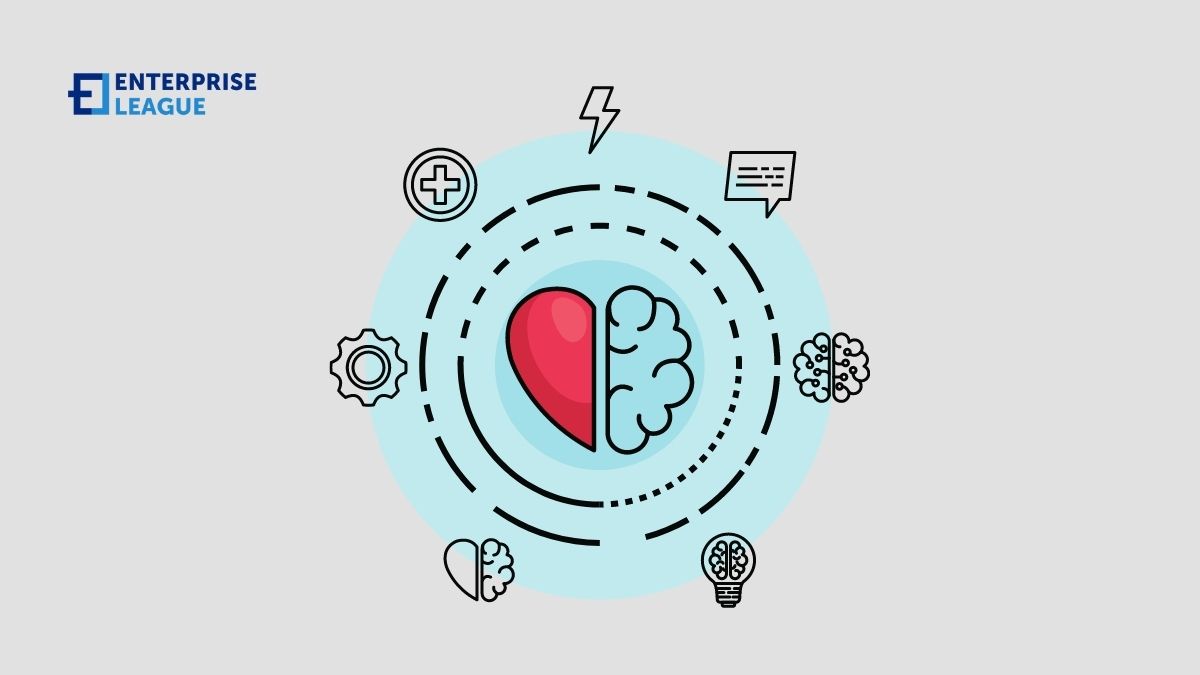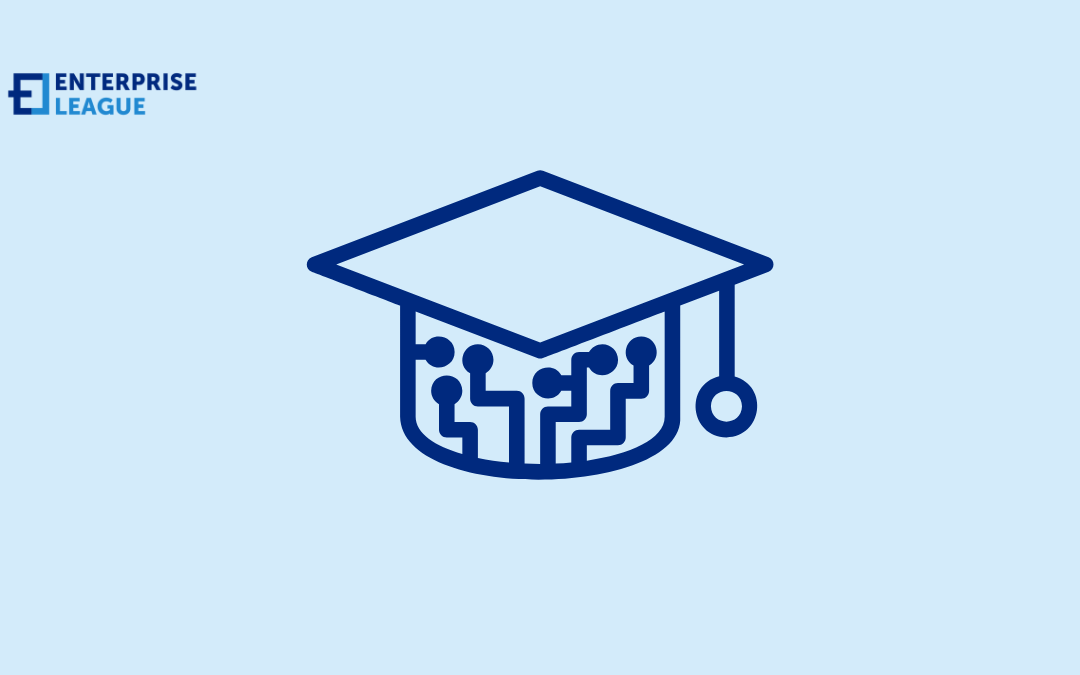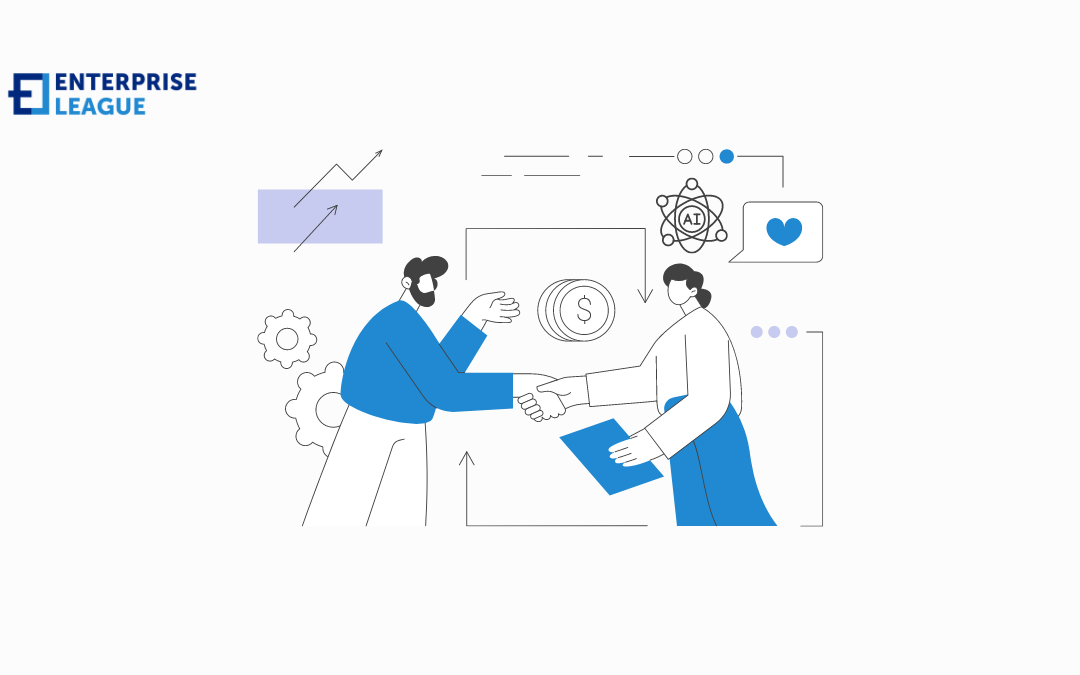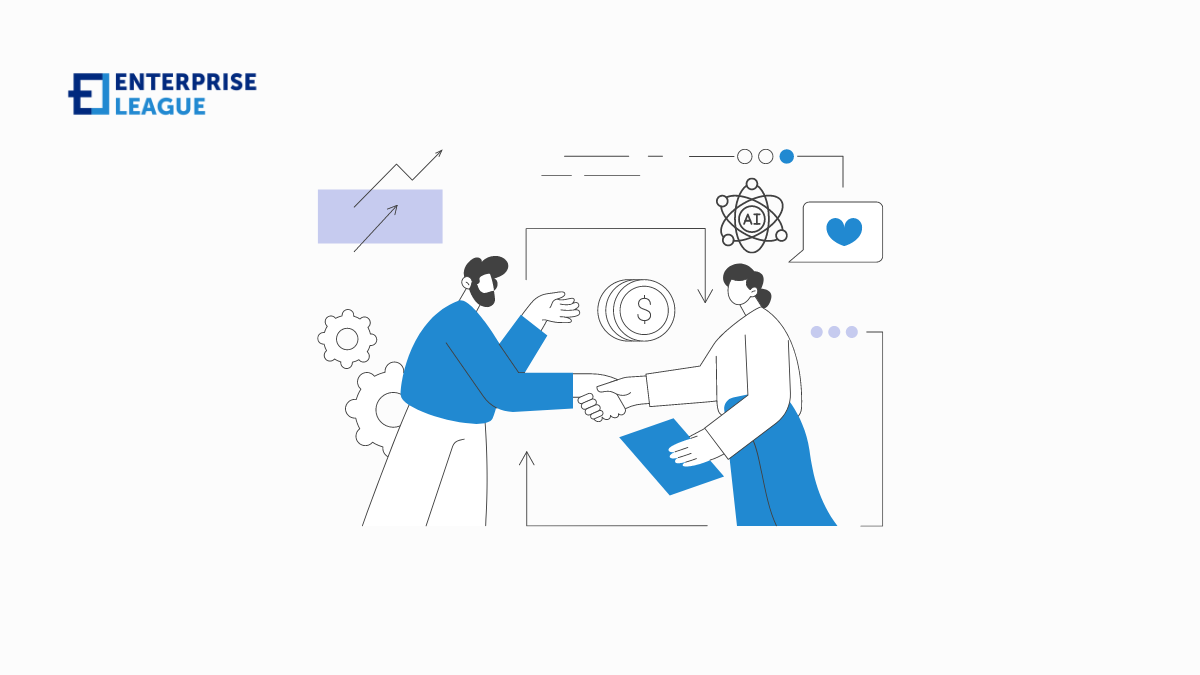The healthcare sector’s expansion, driven by technological advancements and an evolving understanding of wellness, opens a plethora of avenues for new ventures.

Preparing your small business for unforeseen legal challenges
Is your small business fortified against legal squalls that can surface without warning? Picture this: a seemingly tranquil sea that, in a blink, is churned into turmoil by an unforeseen storm. Small enterprises, like sturdy vessels, must be equipped to weather such sudden upheavals.
Crafting preemptive strategies to buffer these challenges is less about whether they’ll happen and more about when. Consider this the blueprint to safeguard your business’s operational integrity and financial health against the unpredictable tides of legal disputes.
Conducting a legal audit
Initiating a comprehensive legal audit stands as an indispensable first line of defense. Start by dissecting your current operations, contracts, and compliance status. This process identifies potential hazards lurking beneath the surface that could compromise your company’s long-term viability.
Engage with this task regularly—as trends change and laws evolve, so too should your understanding of where you stand legally. It’s not merely about ticking boxes; it’s about continuous navigation through the complex waters of business law to keep your enterprise buoyant and on course.
Fortifying foundations
The very sinew of your small business is the contracts that bind clients, suppliers, and partners. A robust contract management system isn’t just shrewd; it’s non-negotiable. As such, you need to scrutinize every clause like a hawk surveying its territory. Also ensure clear terms, unambiguous obligations, and well-defined exit strategies are ingrained in every agreement.
This practice doesn’t simply keep you within legal boundaries; it converts your contracts into sturdy shields capable of absorbing unforeseen legal blows. And remember, a regular review is paramount—as laws shift and business grows, so too must the documents that underpin your commercial relationships adapt to stay ironclad.
Choosing your legal staff
Navigating the legal intricacies of various disputes requires a specialized set of skills. For example, when dealing with accidents involving large trucks, you need a law firm expertly versed in transportation laws and liability issues.
Aligning with a law firm that specializes in your industry or the particular challenges you face is akin to having a seasoned captain at the helm during a storm. They possess the precise knowledge to maneuver through complex situations, ensuring your business isn’t capsized by an unexpected legal wave.
This partnership empowers you to focus on steering your enterprise forward while they diligently guard against legal pitfalls along the way.
Building a legal war chest
A well-funded reserve tailored for legal contingencies is the linchpin in your defense strategy. It’s the equivalent of stowing away lifeboats on your ship; you hope never to use them, but their presence is critical for survival. Create a dedicated fund to cover potential legal expenses—a “legal war chest”—which acts as a buffer against the financial strain of litigation.
By allocating resources with foresight, your business can withstand legal skirmishes without jeopardizing its fiscal stability. This proactive financial planning demonstrates to employees, investors, and partners alike that your commitment to operational resilience is both strategic and unwavering.
Empowering your crew
An ounce of prevention is worth a pound of cure, especially when it comes to legal challenges; education is your armor. Equip your team with knowledge on the basics of business law, contract nuances, and compliance principles. Regular training sessions, augmented by technology, transform employees into vigilant lookouts, spotting potential legal risks before they escalate into full-blown storms.
When each member understands the ‘why’ and ‘how’ of your company’s legal protocols, they become proactive participants in safeguarding the enterprise’s integrity. Ensure this education is ongoing—laws change, and so must the understanding that empowers your crew to navigate them deftly.
Conclusion
In the face of capricious legal gales, preparation is your true north. A small business armed with a legal audit, contract diligence, specialized counsel, a financial buffer, and an educated crew stands not only resilient but ready to turn challenges into triumphs. Sail ahead, the horizon is yours to claim.
More must-read stories from Enterprise League:
- Things to consider before deciding on a business location.
- Creative and profitable outdoor business ideas you should be aware of.
- Unique ways to show your employees you care about them.
- The only list of novels for entrepreneurs that you will ever need.
- Engaging online networking events that you should not miss.
Related Articles
23 best healthcare business ideas in 2025
17 promising cleaning business ideas in 2025
Whether you’re into eco-friendly cleaning or looking to tap into the growing commercial sector, in this guide we cover various cleaning business ideas.
14 profitable business ideas for couples in 2025
If you and your spouse are both entrepreneurially-minded and looking for creative ways to team up professionally, here’s our list of 14 couple business ideas.
Motivation in the workplace: How to inspire employees to give their best
From small gestures to big changes, build a genuine workplace motivation that gets the best from your team and inspires better employee performance each day.
How to use emotional intelligence in business and its importance
From handling difficult conversations to building stronger teams, let’s discover how emotional intelligence can make you a more effective business leader.
















